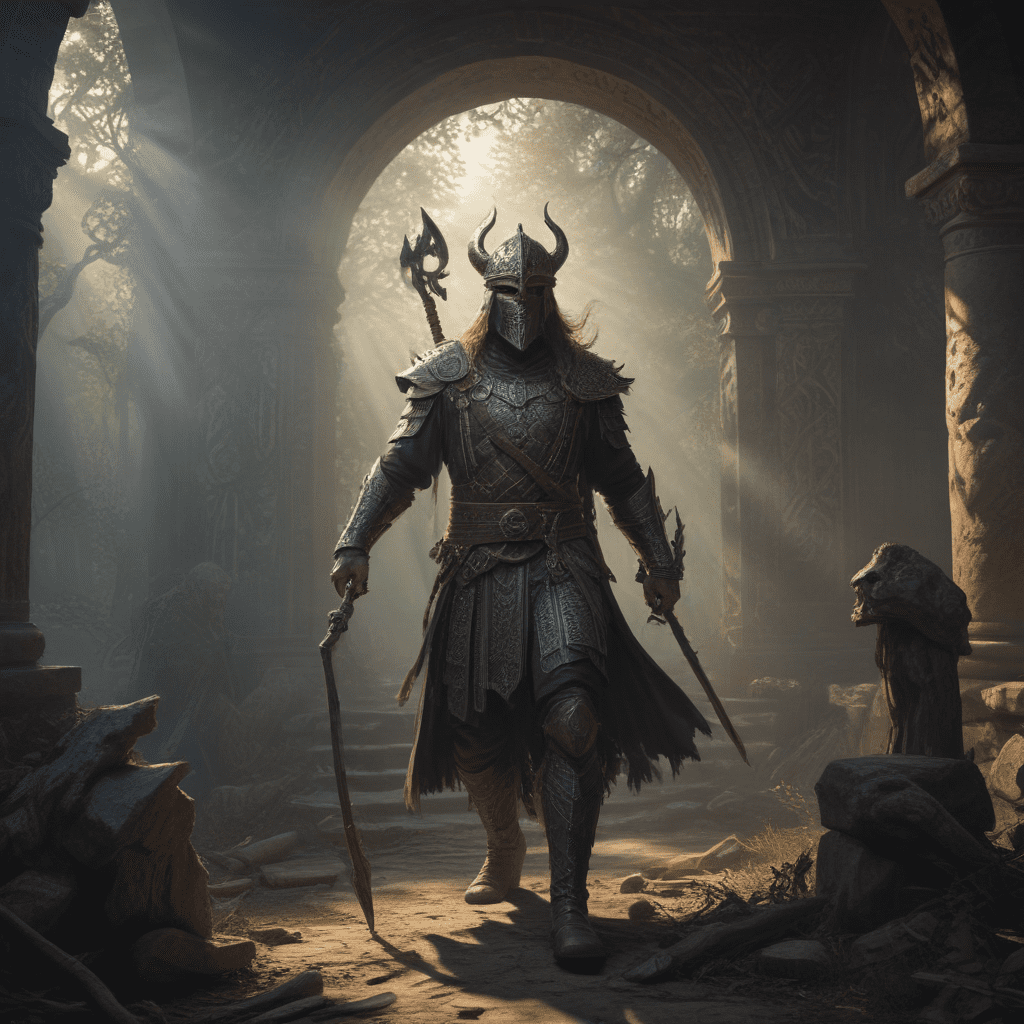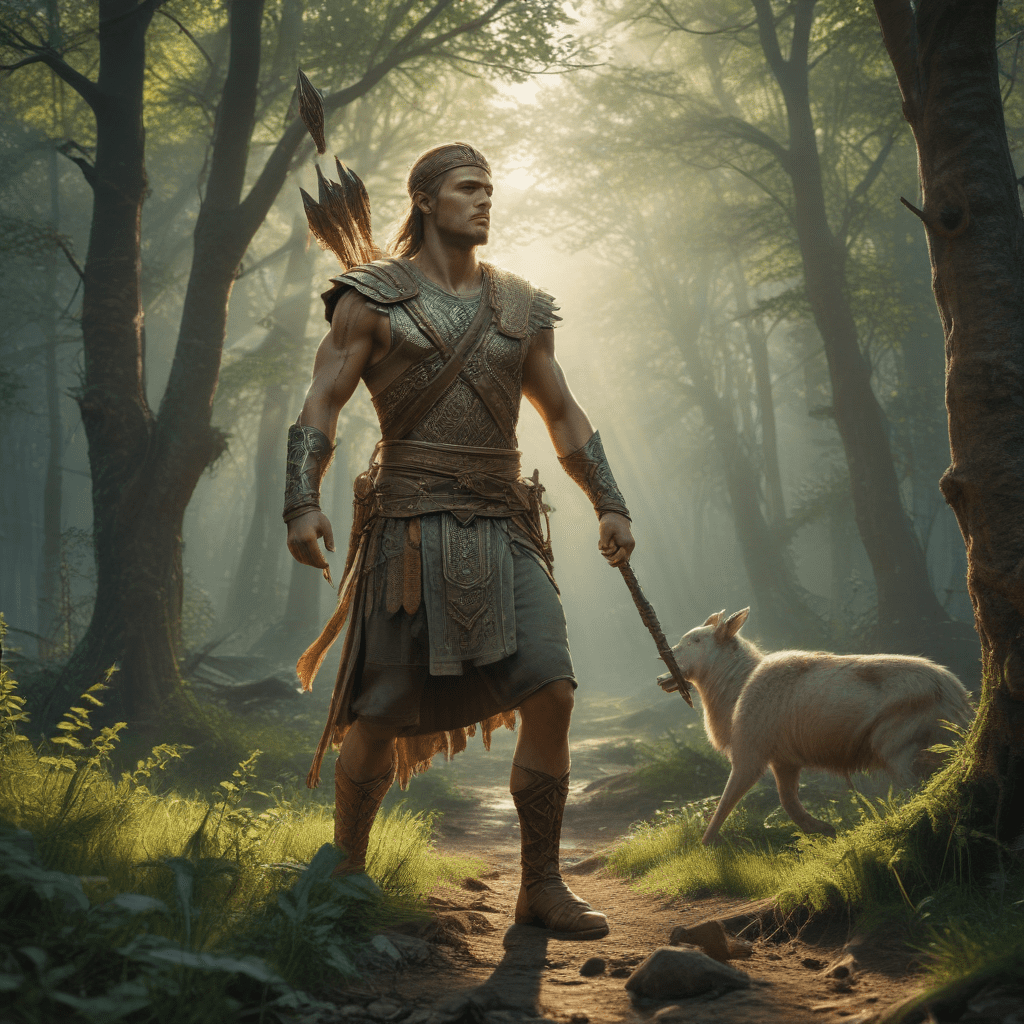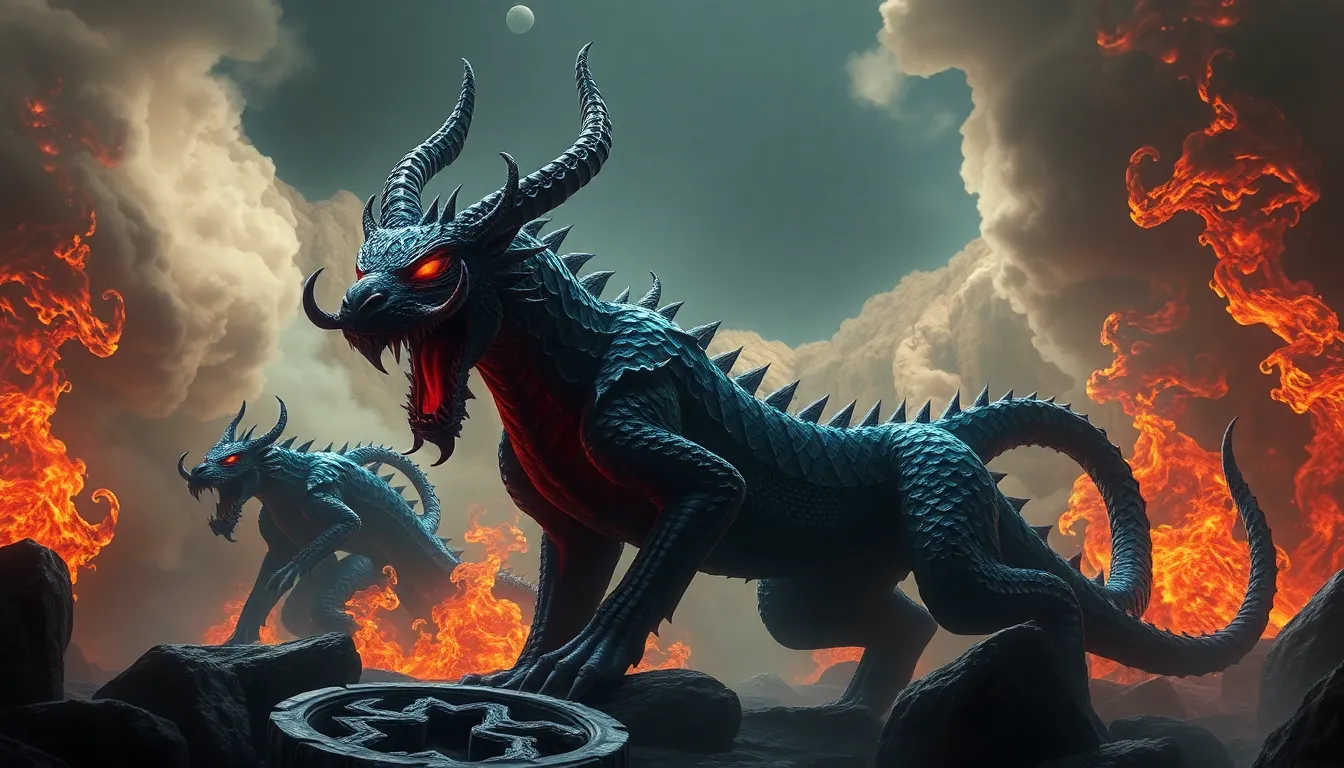The Selkie’s Dance: Investigating the Role of Dance and Ritual in Selkie Traditions
I. Introduction
The enchanting world of Selkie mythology captures the imagination with tales of shape-shifting beings that traverse the boundaries between land and sea. Selkies, often depicted as seals that can shed their skins to become human, embody a rich tapestry of storytelling that speaks to the complexities of identity, love, and loss. At the heart of these narratives lies the importance of dance and ritual, which serve as vital expressions of cultural heritage and communal storytelling.
This article aims to explore the intersection of dance and Selkie traditions, shedding light on how these elements weave together to create a deeper understanding of the Selkie mythos. Through examining the historical context, emotional resonances, and modern interpretations of Selkie dances and rituals, we will uncover the significance of these practices in both past and present cultural landscapes.
II. The Selkie Myth: Origins and Cultural Significance
Selkie folklore has its roots in the rich oral traditions of coastal communities, particularly in regions such as Scotland and Ireland. These legends often depict Selkies as beings who can transform from seals into humans, drawing on the deep connections between these communities and the sea.
- Historical background of Selkie folklore: The mythology of Selkies is believed to date back centuries, with tales passed down through generations. These stories reflect the relationship between humans and nature, particularly the sea, which has been both a source of sustenance and a realm of mystery.
- Geographic regions with Selkie stories: Selkie legends are most prevalent in:
- Scotland
- Iceland
- Ireland
- The symbolism of Selkies in relation to the sea and human experience: Selkies symbolize the duality of existence, representing the tension between freedom and constraint, as well as the longing for connection between the human world and the natural realm.
III. Dance as a Form of Expression in Selkie Traditions
Dance plays a crucial role in the expression of Selkie stories, serving as both a narrative tool and a means of emotional release. Traditional dances associated with Selkie lore often reflect the themes of the stories, embodying the joy and sorrow inherent in the Selkie experience.
- Description of traditional dances associated with Selkie stories: These dances often feature fluid movements that mimic the grace of seals in water, incorporating elements of both celebration and lament.
- Emotional and narrative aspects of these dances: Dancers may express the joy of transformation or the heartache of separation, allowing audiences to engage deeply with the stories being told.
- The role of music and rhythm in Selkie dance: Traditional music often accompanies Selkie dances, with rhythmic patterns that evoke the ebb and flow of the tides, further enhancing the connection between movement and the sea.
IV. Rituals Surrounding Selkie Lore
Rituals linked to Selkie mythology serve to strengthen community bonds and reinforce cultural identity. These practices often involve storytelling, music, and dance, creating a rich tapestry of shared experiences.
- Overview of rituals linked to Selkie mythology: Common rituals include:
- Seasonal celebrations
- Storytelling nights
- Festivals honoring the sea
- Significance of rituals in community bonding and cultural identity: These rituals provide a sense of belonging and continuity, allowing communities to reconnect with their heritage.
- Key elements of Selkie rituals: Important components often include:
- Offerings to the sea
- Storytelling that recounts Selkie tales
- Community dances that celebrate Selkie lore
V. The Transformation: Selkies and the Dichotomy of Human and Animal
The theme of transformation is central to Selkie tales, symbolizing the fluidity of identity and the connection between the human and animal worlds. Dance serves as a powerful medium to embody these themes.
- The symbolism of transformation in Selkie tales: Transformation reflects the duality of existence, highlighting the tension between freedom and captivity.
- How dance embodies the themes of transformation and duality: Through dance, performers can illustrate the journey from seal to human and back, capturing the essence of Selkie lore.
- Interpretations of human-animal relationships through ritual: Rituals provide a space for communities to explore and express their understanding of the interconnectedness of all beings.
VI. Modern Interpretations of Selkie Dances and Rituals
As Selkie traditions evolve, contemporary adaptations of traditional dances and rituals emerge, reflecting changes in cultural contexts and artistic expressions.
- Contemporary adaptations of traditional dances: Modern interpretations may incorporate elements from various dance styles while preserving the core themes of the Selkie stories.
- The role of dance in modern Selkie-themed performances and festivals: Performances may blend storytelling with dance, attracting diverse audiences and sparking interest in Selkie mythology.
- Influence of globalization on Selkie dance traditions: Globalization has led to increased exchange of cultural practices, enriching Selkie traditions while also posing challenges to their authenticity.
VII. The Role of Dance in Preserving Cultural Heritage
Dance serves as a vital means of cultural transmission, ensuring that traditions and stories are passed down through generations.
- How dance serves as a means of cultural transmission: Through dance, younger generations learn about their heritage and the values embedded in Selkie stories.
- The importance of preserving Selkie dance and rituals in contemporary society: In an ever-changing world, the preservation of these practices is crucial for maintaining cultural identity.
- Case studies of cultural preservation efforts: Initiatives such as community workshops, festivals, and educational programs play a significant role in keeping Selkie traditions alive.
VIII. Conclusion
In summary, the significance of dance and ritual in Selkie traditions is profound, revealing the deep connections between culture, identity, and storytelling. These practices not only honor the rich lore of Selkies but also serve as a means of preserving cultural heritage in a rapidly changing world.
As we reflect on the enduring legacy of Selkie folklore, there is a call to action for individuals and communities to explore and appreciate the beauty of cultural dance traditions. By engaging with these practices, we contribute to the ongoing narrative of Selkies and the vibrant cultures they represent.



